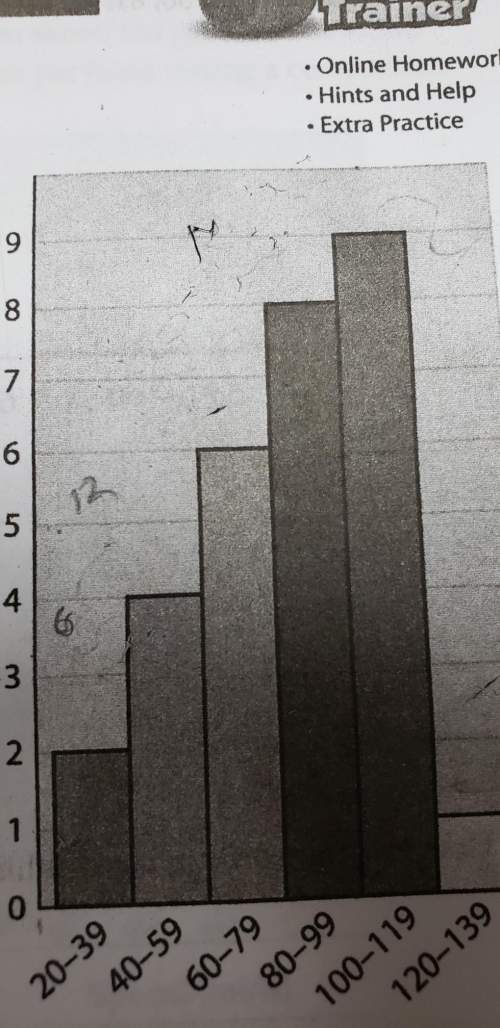
Mathematics, 05.10.2019 18:00, mercedezosborne
Part one: how do you solve a system of equations approximately using graphs and tables?
part 2: a lake has a native population of 1,000 frogs. the native frog population increases at a rate of 200 frogs per year. a new species of 10 frogs migrates to the lake. this new species’ population increases at a rate of 50% per year. when will the two populations equal each other? select to reveal each frog population’s growth model.
the rest: a system of equations can be created with the two functions to determine when the populations will have the same population output value, y.
y = 200x + 1,000
y = 10(1.5x)
to determine when the populations will be equal, set the equations equal to each other, and solve for x.
200x + 1,000 = 10(1.5x)
this equation is a little more challenging to solve by algebraic methods. in this lesson, you will solve systems of equations like the one above approximately by effectively using technology and tables.


Answers: 1
Other questions on the subject: Mathematics




Mathematics, 21.06.2019 22:30, zacksoccer8279
Assume that y varies inversely with x. if y=1.6 when x=0.5 find x when y=3.2 acellus answer
Answers: 2
Do you know the correct answer?
Part one: how do you solve a system of equations approximately using graphs and tables?
Questions in other subjects:

Social Studies, 24.10.2020 01:00

Advanced Placement (AP), 24.10.2020 01:00



Chemistry, 24.10.2020 01:00

English, 24.10.2020 01:00


Mathematics, 24.10.2020 01:00


English, 24.10.2020 01:00








